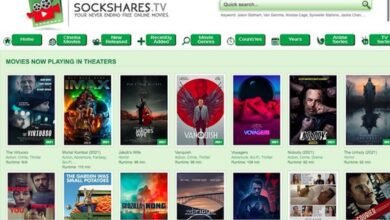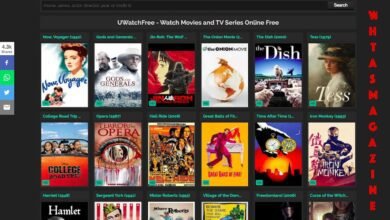For many years, watching movies, series, and TV shows has been one of the most widespread types of entertainment limited to television. It became an everyday habit to kick back and catch up on our favorite talk shows, Arabic series, Turkish series , and movies of all categories.
Yet, it was impacted by the exponential development of the internet which turned into an appealing alternative to traditional television programs.
VOD encompasses content, such as live events, product promotions, movies, and television episodes, these videos may be instantly streamed to numerous devices through the internet or saved for later watching. Instead of turning in at a predetermined time to see a show on traditional television, VOD allows viewers to choose from a collection of videos to watch whenever convenient.
There are plenty of video-on-demand services on the web nowadays that strive to entice customers by offering a large number of productions or live broadcasts.
Despite the passage of time, classic television is doing fairly well, and there is no evidence that the increasingly popular VOD services will fully supplant it. Notwithstanding, practically every home or apartment has a television set that may be used to watch cable television. Most TV networks’ programming comprises, among other things, news, entertainment, movies, and series.
VOD services began a few years ago and are now growing in popularity as users like to watch stuff on demand without having to sit through ads. It is sufficient to mention Netflix, HBO Max, Player, or Disney Plus.
A key advantage is the vast digital libraries that contain film and TV classics and popular new productions recently emerging on movie screens. In most situations, we may view them without being connected to the internet (offline). However, they must first be downloaded to the internal storage of our computer or phone.
Online services such as YouTube, Netflix, and Hulu have significantly transformed how we watch TV series, videos, and sports-related events, with 70% of customers now believing that streaming subscriptions provide better services than traditional TV.
With the emergence of OTT platforms such as Netflix, Amazon Prime Video, and Apple TV+, the quantity of TV we watch has been progressively falling. However, this does not imply that consumers are consuming less information. Regarding streaming possibilities, today’s viewers are definitely overwhelmed with choices. VOD (video on demand) is a trend in the content distribution and entertainment industries.
The future of internet content distribution is video on demand (VOD). VOD and OTT services are popular because they do not need live viewing like live streaming.








